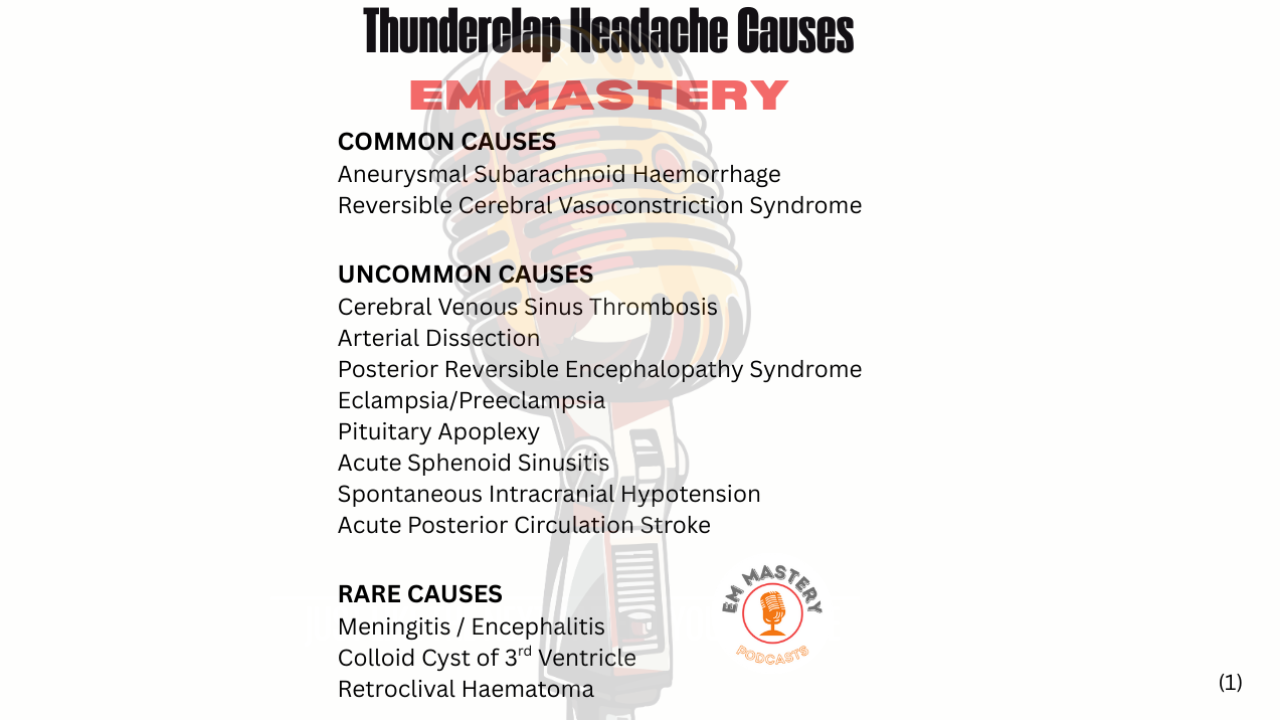
Noradrenaline vs Adrenaline in Post ROSC Shock
Oct 31, 2025
Post resuscitative shock, occurs in up to 70% of patients who achieve return of spontaneous circulation(ROSC)(1). The use of adrenaline is well established during resuscitation, however noradrenaline may be a better drug to use in post ROSC hypotension. Does one have advantages over the other?
Adrenaline acts on alpha and beta receptors. Adrenaline's action on alpha-1 receptors results in peripheral venous and arterial vasoconstriction, increasing blood pressure. It's beta-1 effects increase inotropic and chronotropic activity in the heart. Its beta-2 effects include relaxing bronchial smooth muscle, but they may also result in peripheral vascular dilatation. Low doses of adrenaline promote the beta effects and high doses promote the alpha effects.
Noradrenaline primarily affects alpha-1 receptors resulting in a dose-dependant vasoconstriction of peripheral vasculature. It has far less beta effects than adrenaline and therefore less intoropic and chronotropic effects than adrenaline.
Is one better than the other in post ROSC hypotension? There is some evidence that noradrenaline may improve re-arrest rates, neurological outcomes and mortality (2-5).
The Study
Williams C et al. Norepinephrine versus epinephrine after cardiac arrest: a systematic review and meta-analysis. AJEM 95(2025) 107-114.
What They Did
This was a systematic review and meta-analysis in adult patients having a medical cardiac arrest. The intervention looked at was noradrenaline infusion in patients with ROSC hypotension. The control was those patients receiving adrenaline post ROSC.
Primary Outcome: Rate of recurrent arrest.
Secondary Outcomes: Hospital survival and unfavourable neurological outcomes.
Following an initial identification of 1217 studies, 6 studies were reviewed and included 1 randomised controlled trial and 5 retrospective observational studies. Two of the restrospective trial were pre-hospital studies all the remaining studies were hospital-based studies.
What They Found
Outcomes
- Patients receiving noradrenaline had a statistically significant lower odds of recurrent cardiac arrest (OR 0.47 p=0.03). The reported re-arrest times were different in these studies ie., some reported rearrest at 3 hours and some at 6 hours.
- Patients receiving noradrenaline did not have a higher odds ratio of survival (only 5 studies looked at this).
- Patients receiving noradrenaline did not have a statistically significant higher odds of discharge with unfavourable neurological outcome (only 4 studies reported on this)
Discussion
There are limitations to the results that come from this meta-analysis:
- 5 of the 6 studies were retrospective observational studies
- The studies were very heterogeneous
- Although one of the outcomes looked at was favourable neurological outcomes, most of the studies did not report this.
- Many of the studies were missing important information including:
- Initial unshockable rhythms(reported in 2 studies)
- Bystander CPR
- Adrenaline and Noradrenaline dosing
My Take on This
This meta-analysis shows a decrease in re-arrest post ROSC when noradrenaline is used. This is an important firnding as we know that post ROSC re-arrest is associated with adverse patient outcomes(6). This study did not find differences to survival at dischage or neurological outcomes, however the limitations of the reporting in the studies, makes it difficult to report on neurological outcome.
I certainly use noradrenaline in post ROSC hypotension and will continue to use it based on this meta-analysis. My reasoning is the lack of beta effects and the pure alpha effects of noradrenaline make it a better drug for improving blood pressure, by limiting the increased oxygen demands that accompany increased heart rates.
I look forward to future randomised trials, moreso as we now realise how important it is to consider ROSC as part of the total resuscitation picture and not the time to stop working on the patient. For the moment I will use noradrenaline.
References
-
Jozwiak M, et al. Post-resuscitation shock: recent advances in pathophysiology and treatment. Ann Intensive Care. 2020;10:170. PMID: 33315152
-
Normand S, et al. Risk of arrhythmia in post-resuscitative shock after out-of-hospital cardiac arrest with epinephrine versus norepinephrine. Am J Emerg Med. 2024;77:72–6. PMID: 38104386
-
Bougouin W, et al. Sudden death expertise center investigators. Epinephrine versus norepinephrine in cardiac arrest patients with post-resuscitation shock. Intensive Care Med. 2022;48:300–10. PMID: 35129643
-
Weiss A, et al. Comparison of clinical outcomes with initial norepinephrine or epinephrine for hemodynamic support after return of spontaneous circulation. Shock. 2021;56:988–93. PMID: 34172611
-
Wender ER, et al. Prehospital administration of norepinephrine and epinephrine for shock after resuscitation from cardiac arrest. Prehosp Emerg Care. 2024;28:453–8.
-
Jung YH, et al. Korean hypothermia network investigators. Rearrest during hospitalisation in adult comatose out-of-hospital cardiac arrest patients: risk factors and prognostic impact, and predictors of favourable long-term outcomes. Resuscitation. 2022;170:150–9. PMID: 34871759
Join Our Free email updates
Get breaking news articles right in your inbox. Never miss a new article.
We hate SPAM. We will never sell your information, for any reason.












